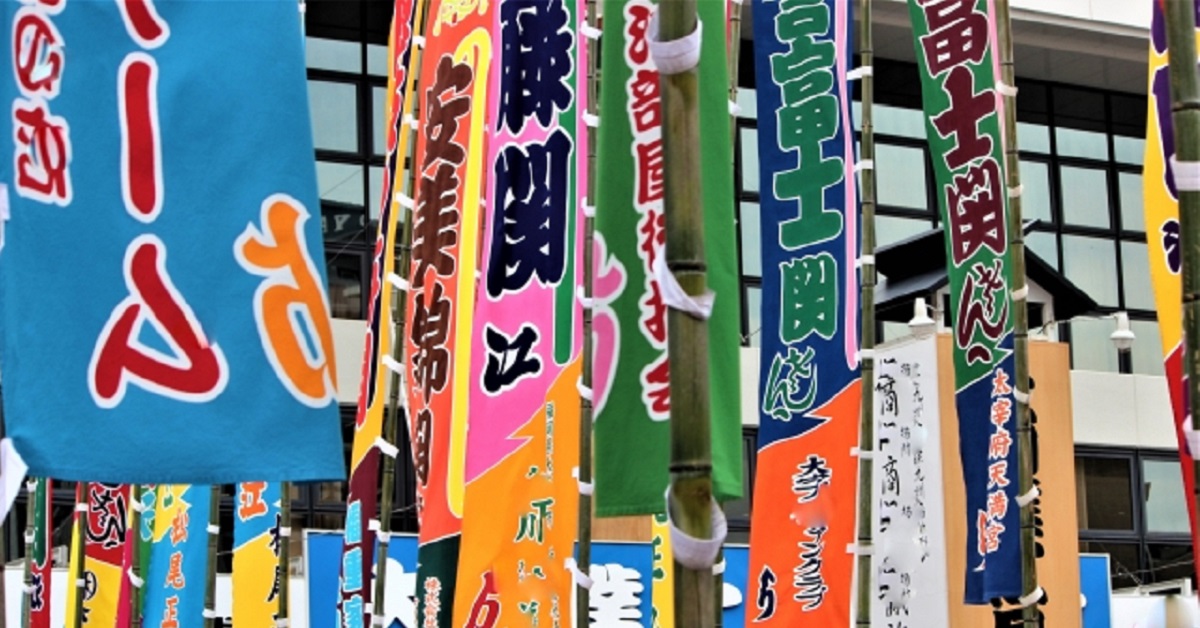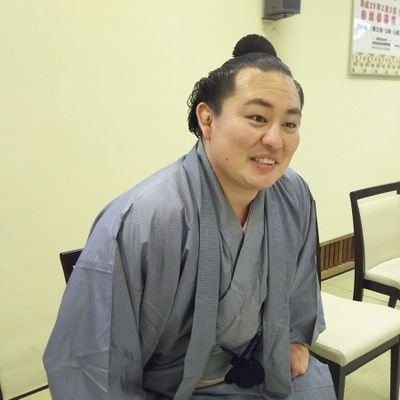The Honbasho is not just a series of tournaments—it is a mirror of Japanese values, embodying honor, perseverance, and respect. Each bout tells a story of human struggle and triumph. For anyone seeking to understand Japan through its traditions, there is no better stage than a Honbasho. Witnessing the clash of power and spirit in the dohyo is to witness Japan itself.
What Is a Honbasho?
A Honbasho is an official sumo tournament organized by the Japan Sumo Association, where every win and loss directly affects a wrestler’s rank. In other words, it is the arena where a rikishi’s fate is determined. Each tournament lasts fifteen days, and every bout carries the weight of months of training and discipline.
The results of a Honbasho determine promotions or demotions for the next tournament. This makes it an intense, high-stakes competition where wrestlers give their absolute best. Unlike regional exhibition tours, the Honbasho is a recorded “official match”—a pure contest of skill, strength, and spirit.
Honbasho Schedule and Locations
There are six Honbasho tournaments each year, held during odd-numbered months. Each venue has its own unique character and local traditions, giving fans across Japan a chance to experience sumo live.
| Month | Name | Location | Feature |
|---|---|---|---|
| January | New Year Tournament | Tokyo – Ryogoku Kokugikan | Marks the start of the sumo year |
| March | Spring Tournament | Osaka Prefectural Gymnasium | Passionate Kansai crowd atmosphere |
| May | Summer Tournament | Tokyo – Ryogoku Kokugikan | Often showcases rising young stars |
| July | Nagoya Tournament | Aichi Prefectural Gymnasium | Fought in hot midsummer conditions |
| September | Autumn Tournament | Tokyo – Ryogoku Kokugikan | Known for technical and tactical bouts |
| November | Kyushu Tournament | Fukuoka Kokusai Center | Final and decisive tournament of the year |
Each tournament runs for fifteen days, ending with the “Senshuraku,” the grand finale. Wrestlers who win eight or more matches achieve “Kachikoshi” (a winning record) and have a chance to rise in rank. Those with seven or fewer wins are marked as “Makekoshi” (losing record) and may be demoted.
Bouts are arranged according to rank, with top wrestlers appearing later in the day. The energy builds toward the final matches, when the entire arena unites in anticipation and excitement, creating an atmosphere that defines Japanese sportsmanship.
Sumo Ranking System and Promotion Rules
In each Honbasho, wrestlers are placed into a traditional hierarchy known as the Banzuke (ranking list). This centuries-old structure defines a wrestler’s skill, experience, and achievements.
| Division | Title | Description |
|---|---|---|
| Yokozuna | Grand Champion | The highest rank, symbolizing dignity and dominance |
| Ozeki | Champion | Second only to Yokozuna; requires consistent excellence |
| Sekiwake | Junior Champion | A challenger to the top ranks |
| Komusubi | Junior Champion Second | Often home to rising future stars |
| Maegashira | Front Rank | The largest group; many bouts per tournament |
| Juryo | Junior Division | The gateway to the top Makunouchi division |
| Below Juryo | Makushita, Sandanme, Jonidan, Jonokuchi | Developmental stages for younger wrestlers |
The Banzuke is updated after every Honbasho, based on each rikishi’s performance. To reach Ozeki, a wrestler generally needs around thirty-three wins over three consecutive tournaments. This demanding system ensures continuous improvement and fierce competition among all ranks.
The Charm and Spirit of Honbasho
The Honbasho embodies the essence of Japan’s traditional culture and discipline. Every aspect—from the dohyo (ring) ceremonies to the referee’s robes and the caller’s chants—reflects centuries of respect and order. The Yokozuna ring-entering ceremony is especially sacred, commanding silence and reverence from the crowd.
Matches are fast and powerful, sometimes ending in just seconds. Yet those brief moments reveal a lifetime of training and concentration. With over eighty official winning techniques (kimarite), each bout is a complex blend of power, timing, and strategy. The crowd’s unified roar after a decisive victory showcases the emotion that makes sumo so special.
Throughout the fifteen days, fans also witness the wrestlers’ mental resilience. Some start strong and fade, others recover from early losses, and some fight desperately for their final-day win. These personal stories—of courage, defeat, and redemption—are what make Honbasho not just sport, but human drama.
Differences Between Honbasho and Regional Tours
Regional tours (Jungyo) serve to promote sumo nationwide and engage local fans, while Honbasho determines official rankings and records.
| Category | Honbasho | Regional Tour |
|---|---|---|
| Organizer | Japan Sumo Association | Local governments or promoters |
| Purpose | Official record, rank determination | Fan engagement and cultural outreach |
| Results | Officially recorded | Not officially counted |
| Atmosphere | Serious and intense | Friendly and festive |
| Duration | 15 days | 1–3 days |
| Locations | Tokyo, Osaka, Nagoya, Fukuoka | Various cities nationwide |
At tours, fans can meet wrestlers and enjoy relaxed exhibitions. But at a Honbasho, every match carries career-defining importance. The focus, determination, and tension on the dohyo are unmatched. The cheers, the silence before impact, and the emotional applause afterward all reinforce the Honbasho’s prestige.
How Beginners and Foreigners Can Enjoy a Honbasho
For newcomers, the key is to immerse yourself in the atmosphere. Every ritual—from throwing purifying salt to the intense stare before the tachiai (initial charge)—has meaning rooted in Shinto purification traditions.
To get the most from your experience, consider these practical tips:
| Tip | Description |
|---|---|
| Seat selection | Ringside “Tamari seats” offer raw power; upper levels give full view |
| Best time to watch | After 4 PM, when top-ranked bouts take place |
| Check the day’s match list | Helps identify key matchups and rising stars |
| Dress comfortably | Arenas are crowded—comfortable clothes are best |
| Photo etiquette | Flash photography is not allowed; be respectful |
English commentary and multilingual pamphlets are available, making the experience accessible to all. You can also enjoy sumo-themed lunches and souvenirs, turning your visit into a full cultural experience.
Conclusion
The Honbasho is the purest expression of Japan’s sumo culture—a blend of ritual, strength, and respect. Each wrestler steps into the ring not only to win but to uphold centuries of tradition. The energy of the arena, the silent tension before the clash, and the explosion of emotion after victory all create an unforgettable experience.
Even beginners can deeply appreciate sumo once they grasp its basic structure and spirit. Every movement on the dohyo holds meaning; every bow and gesture reflects discipline, humility, and pride. Watching a Honbasho is not just spectating—it is witnessing living history.
So when the next tournament begins, step into the Kokugikan or any other venue, feel the rhythm of the drums, hear the chants, and let yourself be carried into the world of sumo. Honbasho is not merely a sporting event—it is a celebration of Japan’s soul.





コメント